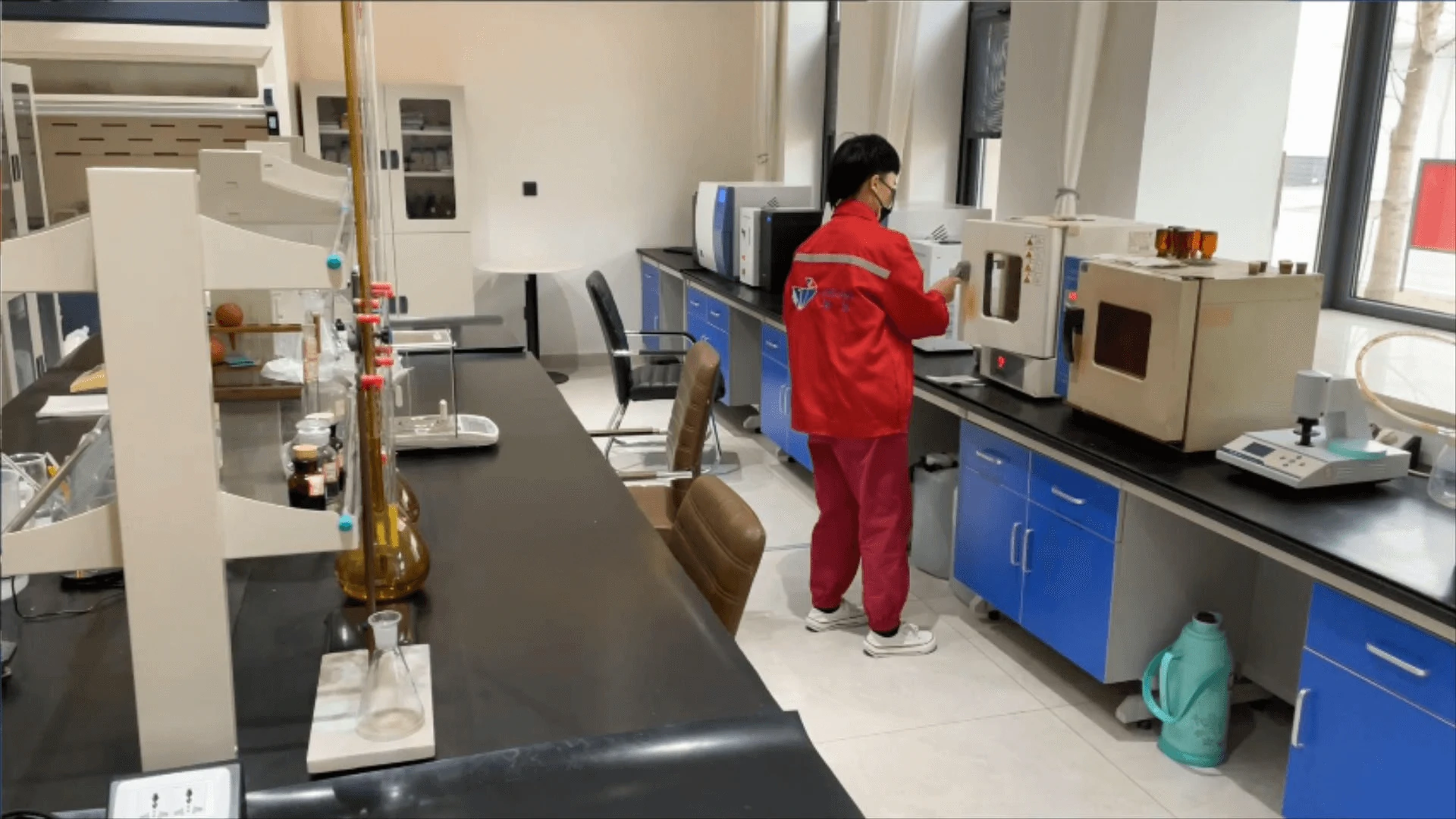
Août . 17, 2024 02:23 Back to list
Manufacturing Techniques for Redispersible Polymer Powder in Construction Applications
The Manufacturing Process of Redispersible Polymer Powder A Comprehensive Overview
Redispersible polymer powder (RDP) has become a vital component in various industries, particularly in construction and adhesives. Its ability to enhance the performance of cement-based materials, improve water resistance, and increase flexibility makes it an essential additive in modern building materials. The manufacturing process of RDP involves several critical steps which ensure the quality and efficacy of the final product.
The production of RDP begins with the selection of base polymers. Commonly used polymers include acrylics, styrene-acrylics, and ethylene-vinyl acetate. These polymers serve as the foundation for the powder, providing the necessary properties required for specific applications. The choice of polymer influences the performance attributes of the final product, such as adhesion strength, flexibility, and water resistance.
The next stage is the emulsion polymerization process. In this step, the selected monomers are combined with water, surfactants, and initiators to create a stable polymer emulsion. The polymerization reaction is carefully controlled to ensure that the particles remain dispersed in the aqueous phase. This phase is crucial as it determines the molecular weight and particle size of the polymers, which directly impacts the performance of RDP.
After the polymerization is complete, the emulsion is subjected to a drying process. The most common methods of drying include spray drying and freeze drying. Spray drying involves atomizing the polymer emulsion into a hot air stream, leading to rapid evaporation of water and resulting in fine powder particles. Conversely, freeze drying, or lyophilization, removes water by freezing the product and subsequently applying a vacuum to enable sublimation. Each drying method has its advantages, with spray drying being the more cost-effective and efficient option for large-scale production.
redispersible polymer powder manufacturing process

Once the polymer has been dried into a powder, it undergoes milling and classification. Milling helps to achieve a uniform particle size distribution, which is essential for the application performance of RDP. The powder is then classified using air classifiers to separate fine particles from larger ones, ensuring that the final product meets the required specifications.
Following milling, the redispersible polymer powder is subjected to quality control measures. This typically includes testing for solubility, particle size distribution, and performance characteristics such as adhesion and tensile strength when mixed with various substrates. Quality assurance is critical to maintaining the consistency and reliability of RDP, as variations can lead to significant differences in performance during application.
Once the RDP passes quality checks, it is packaged in moisture-proof containers to prevent clumping and degradation during storage and transport. Packaging is a crucial aspect since redispersible polymer powders are hygroscopic and can easily absorb moisture from the environment, which could adversely affect their performance.
In conclusion, the manufacturing process of redispersible polymer powder is a complex interplay of polymer chemistry, engineering, and quality control. From the selection of base polymers and the intricacies of emulsion polymerization to advanced drying techniques and rigorous testing, every step is designed to produce a high-quality product suitable for various applications in construction and other industries. As demand for advanced materials continues to grow, innovations in RDP manufacturing processes will likely evolve, enhancing their performance and expanding their utility in diverse applications.
-
The Widespread Application of Redispersible Powder in Construction and Building Materials
NewsMay.16,2025
-
The Widespread Application of Hpmc in the Detergent Industry
NewsMay.16,2025
-
The Main Applications of Hydroxyethyl Cellulose in Paints and Coatings
NewsMay.16,2025
-
Mortar Bonding Agent: the Key to Enhancing the Adhesion Between New and Old Mortar Layers and Between Mortar and Different Substrates
NewsMay.16,2025
-
HPMC: Application as a thickener and excipient
NewsMay.16,2025
-
Hec Cellulose Cellulose: Multi functional dispersants and high-efficiency thickeners
NewsMay.16,2025







